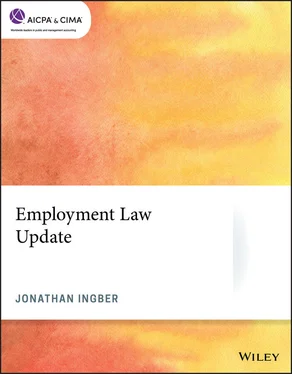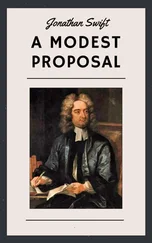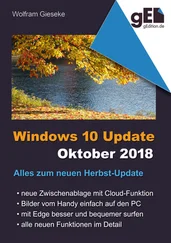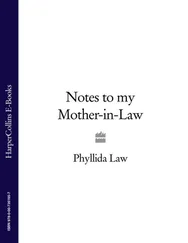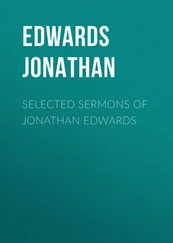3 Upton Sinclair's 1906 novel The Jungle depicted health violations and unsanitary practices in the Chicago meatpacking industry. A review by the writer Jack London called it “the Uncle Tom's Cabin of wage slavery.”
4 “The demands on those who study and practice labor and employment law have increased as well. The 1952 edition of the United States Code (the official edition) included a Title 29 (Labor) that occupied 58 pages and ended with Section 262; by 1970, its 149 pages concluded with Section 678; the 1988 edition version of Title 29 was 578 pages in length. The 712 pages of the 2000 edition went to Section 3058. In 2016, the final section number is 3361. The case law growth has been similar.” Employment Law in a Nutshell, Covington and Seiner, 4th ed.
5 “Broadly, principles and standards regarded by the legislature or by the courts as being of fundamental concern to the state and the whole of society. Courts sometimes use the time to justify their decisions, as when declaring a contract void because it is ‘contrary to public policy.’” Black's Law Dictionary, 9th Ed., Bryan A. Garner, Editor in Chief.
6 “In 1877, the first edition of H.G. Wood's treatise on the master-servant relationship articulated what seemingly became America's at-will employment doctrine. Fn 4, Covington and Seiner.
7 Associate Justice Stevens in Cooper Indus. v. Leatherman Tool, 532 U.S. 424,432 (2001): “Although compensatory damages and punitive damages are typically awarded at the same time by the same decision maker, they serve distinct purposes. The former are intended to redress the concrete loss that the plaintiff has suffered by reason of the defendant's wrongful conduct. The latter, which have been described as ‘quasi-criminal,’ operate as ‘private fines’ intended to punish the defendant and to deter future wrongdoing. A jury's assessment of the extent of a plaintiff's injuries is essentially a factual determination, whereas its imposition of punitive damages is an expression of its moral condemnation.”
8 “The Court of Appeal below agreed with Dore that AWI's letter, signed by Dore, was not clear and unambiguous with respect to cause for termination. Notwithstanding the letter's statement that “your employment with Arnold Communications, Inc. is at will,” the court reasoned, by going on to define the term “at will” to mean that AWI had the right to terminate Dore's employment “at any time,” AWI impliedly relinquished the right to terminate Dore without cause. We disagree.” 46 Cal Rptr. 668, 671 (2006).
9 Here, public policy is expressed in enacted statutes as opposed to court decisions (judge-made law, if one will).
10 Adapted from EEOC, www.eeoc.gov/eeoc/statistics/enforcement/charges.cfm.
11 The 2015 Hiscox Guide to Employee Lawsuits, at www.hiscox.com/shared-documents/The-2015-Hiscox-Guide-to-Employee-Lawsuits-Employee-charge-trends-across-the-United-States.pdf, accessed January 5, 2018.
12 U.S. EEOC, “Performance and Accountability Report, Fiscal Year 2017,” located at: https://www.eeoc.gov/eeoc/plan/upload/2017par.pdf.
13 Highlights of Chubb 2013 Private Company Risk Survey, www.chubb.com/businesses/csi/chubb12192.pdf. Accessed January 5, 2018.
14 Employment Practice Liability: Jury Award Trends and Statistics, 2016 edition.
15 Bullying and harassment have no place in the workplace, but unless they are motivated by the victim's membership in a protected class, they do not provide the basis for an action under Title VII of the Civil Rights Act of 1964, 42 U.S.C. Section 2000e–2 (Title VII), and any complaint to the EEOC based on them does not constitute “protected activity” under Title VII. Victims of nondiscriminatory bullying at the workplace, like those treated unfairly for reasons other than their membership in a protected class, must look outside Title VII to secure what may be their fair due. The Court does not condone bullying, but it cannot read Title VII to protect its victims unless the bullying reflects discrimination based on race, color, religion, sex, or national origin. Johnson v. City University of New York, 48 F.Supp.3d 572 (S.D. N.Y. 2014)
16 “This deadline is extended to 300 days for charges arising in jurisdictions with state or local laws outlawing the practice, and a ‘fair employment practices’ agency with subject matter jurisdiction over the charge. 42 USC Section 2000e-5(e)(1) (2000).” Anne Noel Occhialino and Daniel Vail, “Why the EEOC (Still) Matters,” Hofstra Labor … Employment Law Journal, 22:671.
17 Epic Systems v. Lewis, 138 S. Ct. 1612 (2018).
18 The decision was a bit overshadowed by the retirement announcement of Associate Justice Kennedy a few hours later.
19 431 U.S, 209 (1977)
20 Kelly, Harbison, & Belz. The American Constitution: Its Origins and Development, 7th Ed., New York: W.W. Norton & Company, 1991.
21 That is a brief description of the relationship of 50 “independently percolating laboratories” to the supreme federal authority with “limited” powers.
22 John Noonan, Narrowing the Nation's Power: The Supreme Court Sides With the States (University of California Press: 2002).

Chapter 2 E-Employment and Cyber Employment Issues
Learning objectives
Evaluate employment-related issues associated with evolving technologies and cyberspace.
Assess the principles used by courts in deciding cases on employee and employer cyber rights.
Analyze company policies on e-employment and cyber employment issues.
The internet and social media
The internet is ubiquitous in today's workplace but continues to present employment law challenges. For example, is personal use of workplace internet permitted or prohibited? What about downloads from the internet? Is there a dividing line between downloading inoffensive material and offensive material? Can an employer regulate the contents of the employee's computer or discipline the employee for having unauthorized or personal information on a company computer?
Closely related to the internet is, of course, social media. Social media is now used by hundreds of millions of people across the globe and its use in many countries is considered an inalienable right. That right poses some interesting questions, however. Is an employee permitted to say anything about a supervisor on social media? How are free speech rights treated in cyberspace? Does an employer have a right to access the social media of an employee or applicant? When can an employer discipline an employee for social media postings?
The courts, the National Labor Relations Board (NLRB), 1 the Equal Employment Opportunity Commission (EEOC), and the Department of Labor (DOL) continue to battle with these and related issues. Although prior court cases and regulatory decisions may be of some value in analyzing employment issues in cyberspace (for example, free speech decisions), changes in the availability of information and its ease of access have and will continue to pose complex questions for employers.
As we know, the explosive popularity of smartphones and cell phones, tablets, and laptops in recent years has delivered enormous benefits to users, as has the wide availability of these and other GPS-equipped devices. It is a rarity to meet someone who doesn't carry at least one of these devices, and many folks carry two or three. However, our ever-connected world comes at a price. When does the workday end? Is it reasonable to expect an employee to be on call 24 hours a day? If not, how accessible should the employee be? And then there is the ownership issue: who owns the data that is transmitted on a smartphone? Does it depend on whether the company or employee purchased the phone? What if the company pays the monthly bill for service? Does the employee have any privacy rights to communications on these devices? What about when the device's location is revealed by GPS?
Читать дальше
